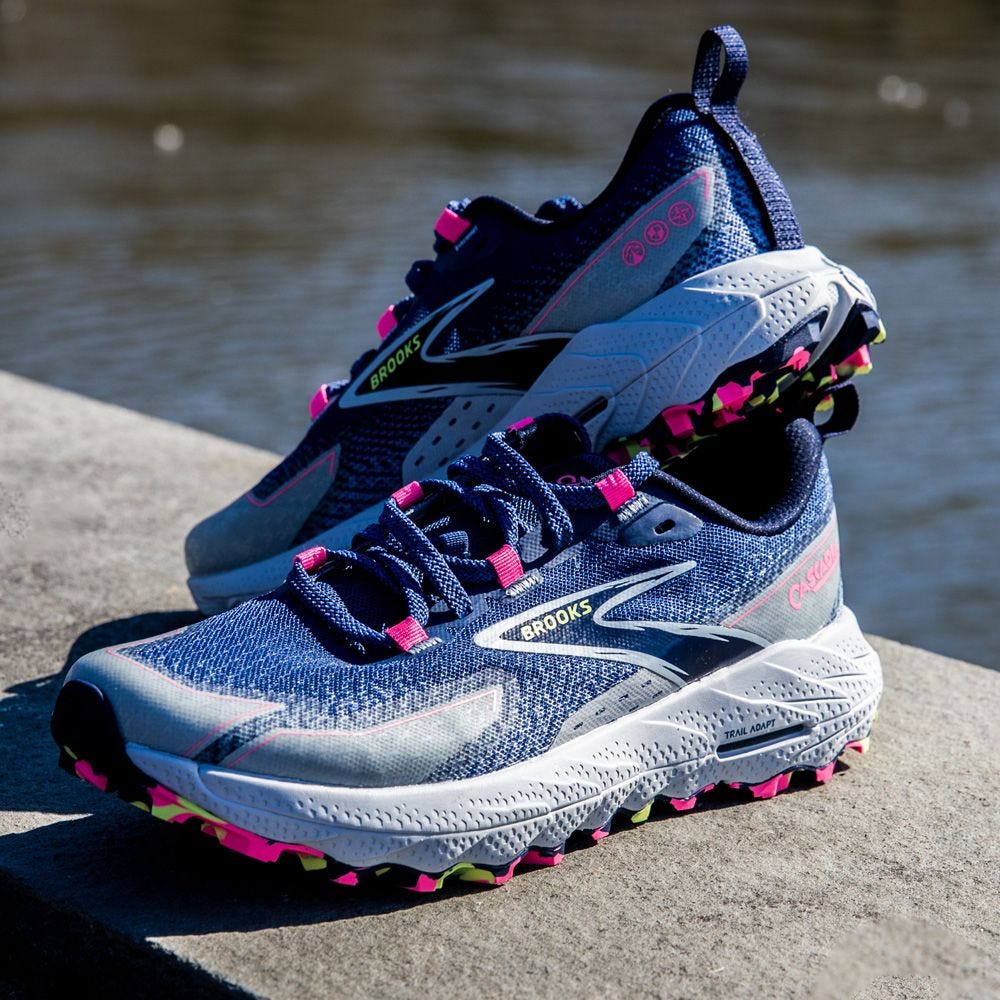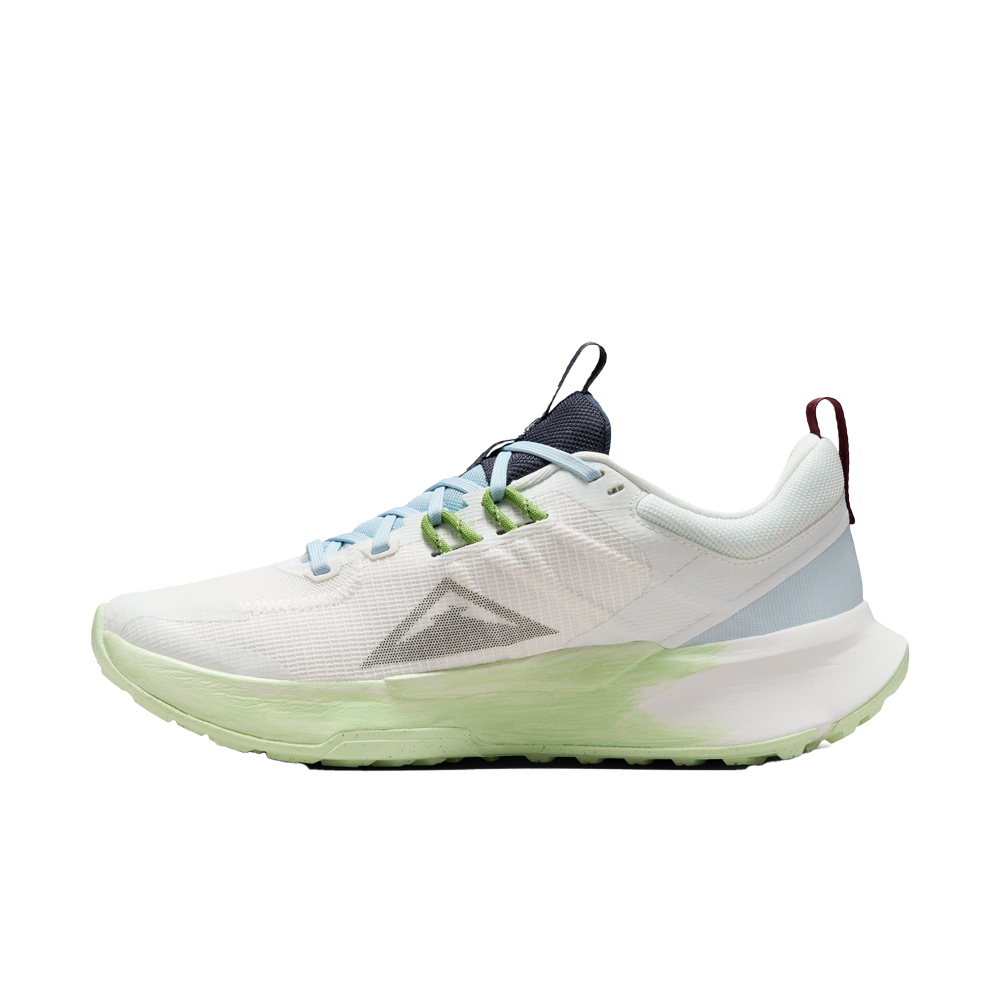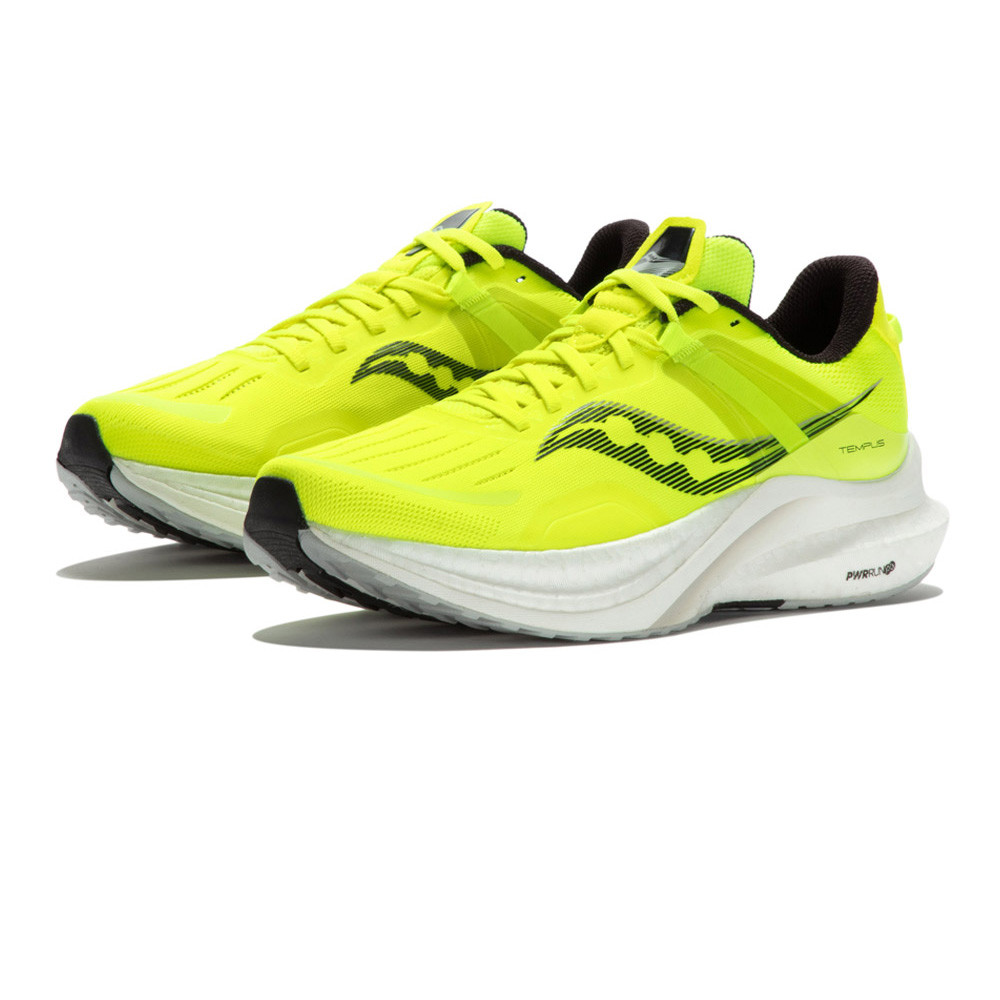
Running Shoes for Overpronation: Essential Features to Look For
Choosing the right running shoes is essential for achieving optimal performance and comfort, especially for those who overpronate. Overpronation occurs when the foot rolls inward excessively during the running gait cycle. This motion can lead to several issues, including injuries and discomfort. Therefore, it’s vital to recognize the essential features when selecting running shoes for overpronation. This article explores the key characteristics to consider to ensure you choose the best footwear for your unique running needs.
Understanding Overpronation
What Is Overpronation?
Overpronation is a common gait issue that many runners experience. When running, the foot should roll outward slightly to absorb impact and maintain stability. However, in individuals with overpronation, the foot rolls inward excessively. This action can lead to improper alignment, causing strain on various joints and muscles throughout the body.
Recognizing your pronation type can help guide you in selecting suitable running shoes. Overpronators will benefit from shoes that offer additional support and stability. By understanding this condition, runners can take proactive steps to address their specific needs, reducing the likelihood of injury.
Causes and Consequences
Several factors can contribute to overpronation. Genetics, flat feet, and lack of arch support are common causes. Runners with flat arches or low arches are particularly susceptible to overpronation. Ignoring overpronation can lead to injuries such as plantar fasciitis, shin splints, and knee pain.
By using the right running shoes, many of these issues can be alleviated. Proper footwear can provide the necessary support, stability, and cushioning to prevent injuries. Thus, understanding the characteristics of overpronation is vital for selecting appropriate footwear.

Cushioning and Impact Absorption
Importance of Cushioning
One of the most important features to look for in running shoes for overpronation is proper cushioning. Runners with overpronation usually experience increased impact on their feet during each stride. Adequate cushioning helps to absorb shock, providing comfort and reducing the strain on joints.
Different types of cushioning technologies exist, ranging from memory foam to air and gel-based systems. Finding the right level of cushioning is essential for individual preferences and running styles. Some runners may prefer a softer feel, while others might opt for firmer support.
Types of Cushioning Technologies
Many leading brands incorporate various cushioning technologies in their running shoes. For example, brands like Nike utilize their Flyknit and Zoom Air technologies to provide responsive cushioning. Meanwhile, Asics employs GEL technology to absorb shock effectively.
When trying on running shoes, pay attention to how the cushioning feels underfoot. A well-cushioned shoe should feel supportive yet comfortable, allowing for a soft landing even during high-impact activities. Test different models to find the cushioning that works best for you.

Arch Support and Stability Features
The Need for Arch Support
Arch support is a critical component for runners who overpronate. Those with low arches often require additional support to maintain proper alignment during the running cycle. A shoe with adequate arch support counteracts excessive inward rolling, thus offering essential stability.
Many running shoes designed for overpronation feature built-in arch support systems. These may come in the form of firmer foam or supportive overlays that cradle the arch. Increased arch support helps reduce fatigue and provides greater comfort over long distances, allowing runners to stay on the road longer.
Stability Features to Consider
In addition to arch support, stability features are vital for overpronators. Many brands design stability shoes with elements that help prevent excessive pronation. Look for shoes that provide a medial post, which is a firmer material placed on the inner side of the shoe. This element helps keep the foot aligned and reduces overpronation.
Other features to consider include dual-density foam, which provides extra support without sacrificing comfort. Some brands incorporate a reinforced heel counter to enhance stability as well. Understanding these features can help you select shoes that promote proper form and injury prevention during your runs.

Fit and Customization Options
The Importance of a Proper Fit
Finding the right fit is crucial for any running shoe, especially for those who overpronate. A shoe that is too tight or too loose can lead to discomfort and potential injuries. When trying on shoes, ensure there is enough room for your toes to wiggle comfortably. A general guideline is to leave about half an inch of space between your longest toe and the front of the shoe.
The fit should be snug across the midfoot, providing adequate support without restricting movement. Be sure to test out the shoe while standing and walking to gauge its comfort. A well-fitting shoe allows for flexibility while mitigating the risk of blisters and other discomforts.
Opting for Custom Insoles
For individuals with specific foot needs, custom insoles can be an excellent option. If you experience excessive overpronation or discomfort, consulting a podiatrist can help you create personalized orthotics. These insoles may enhance comfort and support, addressing the unique features of your arches.
Various brands also offer shoes with removable insoles, allowing the easy addition of custom inserts. Taking the time to ensure your running shoes fit properly will help you achieve the comfort and stability needed for long runs.

Choosing the Right Outsole Material
Understanding Outsole Technologies
The outsole is the part of the shoe that comes into direct contact with the ground. It plays a significant role in providing traction, durability, and stability. For runners with overpronation, a secure grip on various terrains is essential.
Look for shoes that feature rubber outsoles with strategically placed traction patterns. These designs enhance grip while allowing for flexibility and ease of movement. High-abrasion rubber also improves durability, ensuring that your shoes can withstand the demands of frequent running.
Assessing Traction Needs
Depending on where you plan to run, the importance of traction varies. If you’re primarily running on paved roads, choose shoes with a smooth outsole for better speed. However, if you run on trails or uneven surfaces, opt for shoes with deep lugs for better grip and stability.
By assessing your specific running environments, you can choose shoes that excel in traction performance. This attention to detail will help maintain stability and promote safety during your runs.

Brand Recommendations and Popular Models
Top Brands for Overpronation
Several reputable brands specialize in creating running shoes for overpronators. Asics, Brooks, New Balance, and Saucony are known for their excellent lineups dedicated to stability and support. Each of these brands offers various models catering to different needs, so exploring their collections is worthwhile.
When considering these brands, look for customer reviews and recommendations. Insights from other runners can help guide your choice and shed light on the specific features that different models excel in.
Popular Running Shoe Models
Among the notable models for overpronation, the Asics Gel-Kayano series stands out for its exceptional support and comfort. Another highly-rated option is the Brooks Adrenaline GTS line, known for its balanced cushioning and stability features. The New Balance Fresh Foam series also offers suitable options with a focus on comfort and responsiveness.
Each of these models includes features specifically designed to assist overpronators while providing a comfortable running experience. Trying on different options from these brands will help you identify the perfect fit for your running style.
Maintaining Your Running Shoes
Regular Care and Maintenance
To ensure your running shoes last as long as possible, regular care and maintenance are essential. Cleaning the shoes after each run can help remove dirt and debris that may impact performance. Use a damp cloth to wipe down the shoe’s exterior and allow it to air dry in a cool place.
Avoid exposing your shoes to direct sunlight or excessive heat, as this can cause materials to break down prematurely. Instead, store them in a cool and dry location to maintain their integrity.
Knowing When to Replace Your Shoes
Even with proper care, running shoes for overpronation have a limited lifespan. Generally, shoes should be replaced every 300 to 500 miles, depending on the wear and tear. Pay attention to how your shoes feel during runs. If you notice decreased comfort, increased pain, or unusual wear patterns, it might be time to replace them.
Regularly assess the cushioning and support of your shoes. Using worn-out shoes increases the risk of injury, especially for runners with overpronation. Staying vigilant about replacing your shoes will help you stay injury-free and perform better on your runs.
Prioritizing Comfort and Performance
In conclusion, selecting the right running shoes for overpronation is essential for preventing injury and improving performance. By understanding overpronation and recognizing the vital features to look for, you can make an informed decision when choosing the best footwear for your needs.
From cushioning and arch support to fit and outsole materials, every element plays a critical role in achieving comfort while running. Take the time to explore different models, brands, and options available to find the perfect match for your running style. Proper maintenance and timely shoe replacement will help you maintain optimal performance and enjoy running for years to come.
By focusing on these essential features and prioritizing your comfort, you will set yourself up for a successful and enjoyable running experience. Embrace the joy of running, knowing that you have the right footwear to support your journey.

